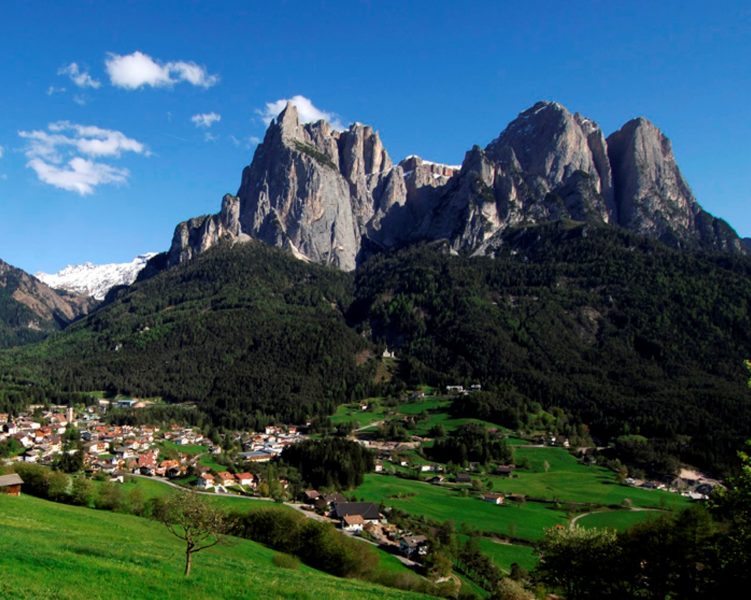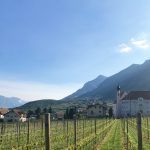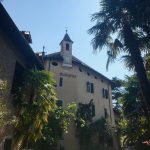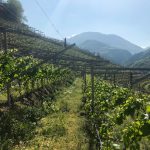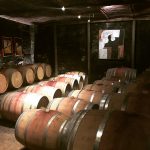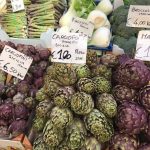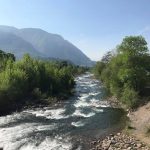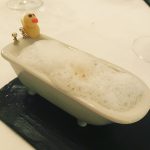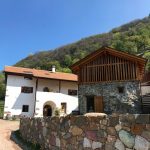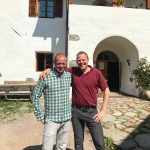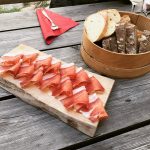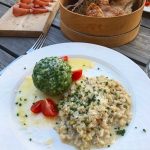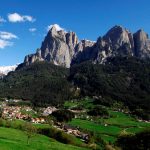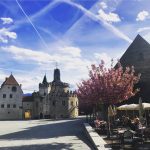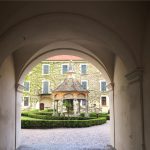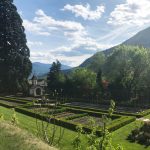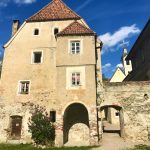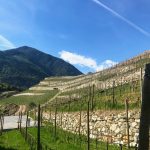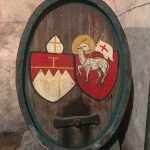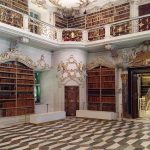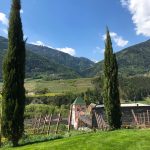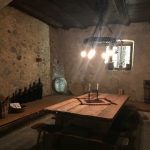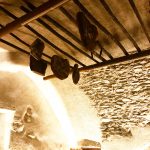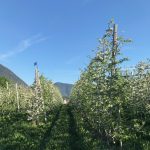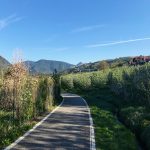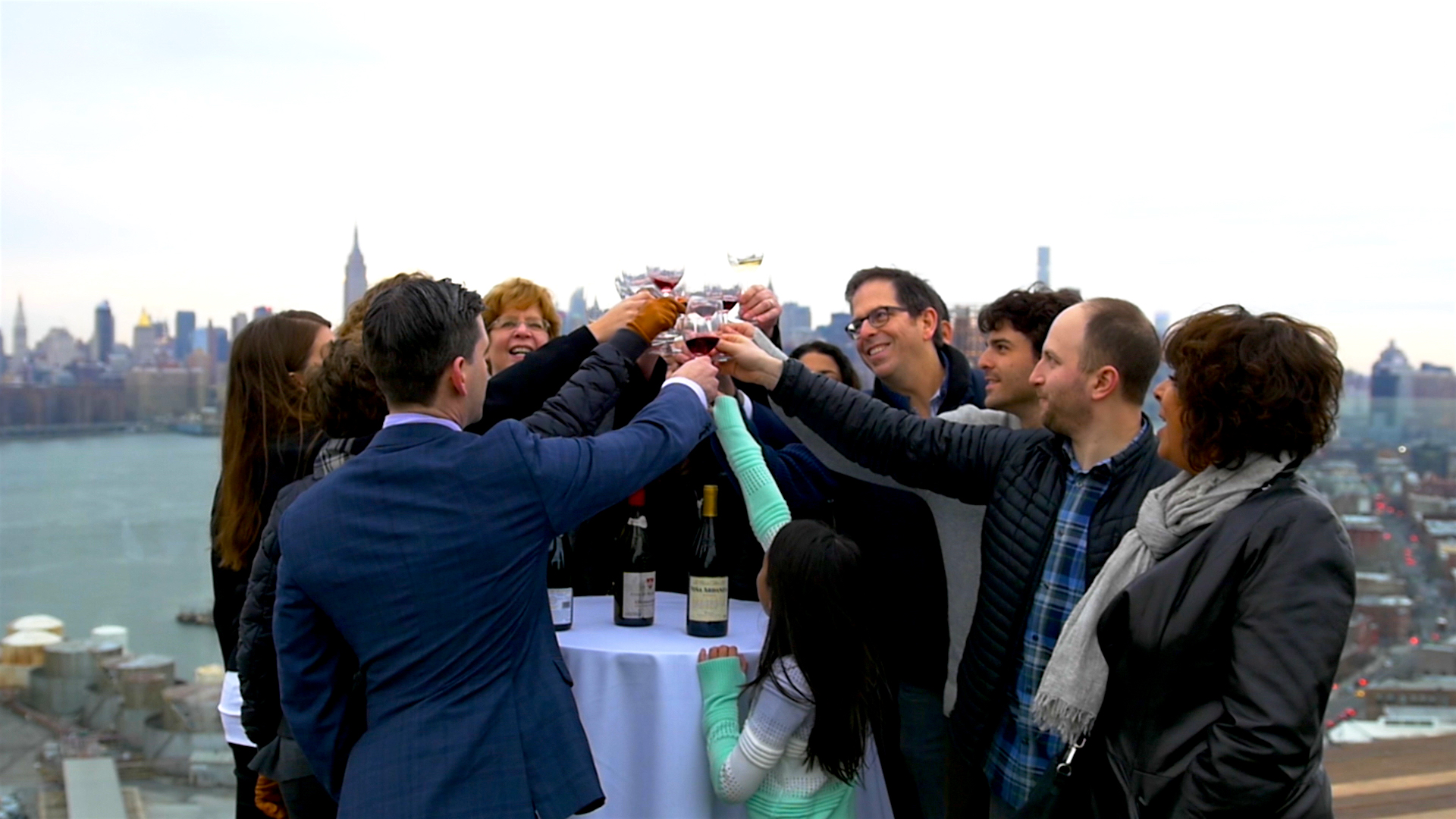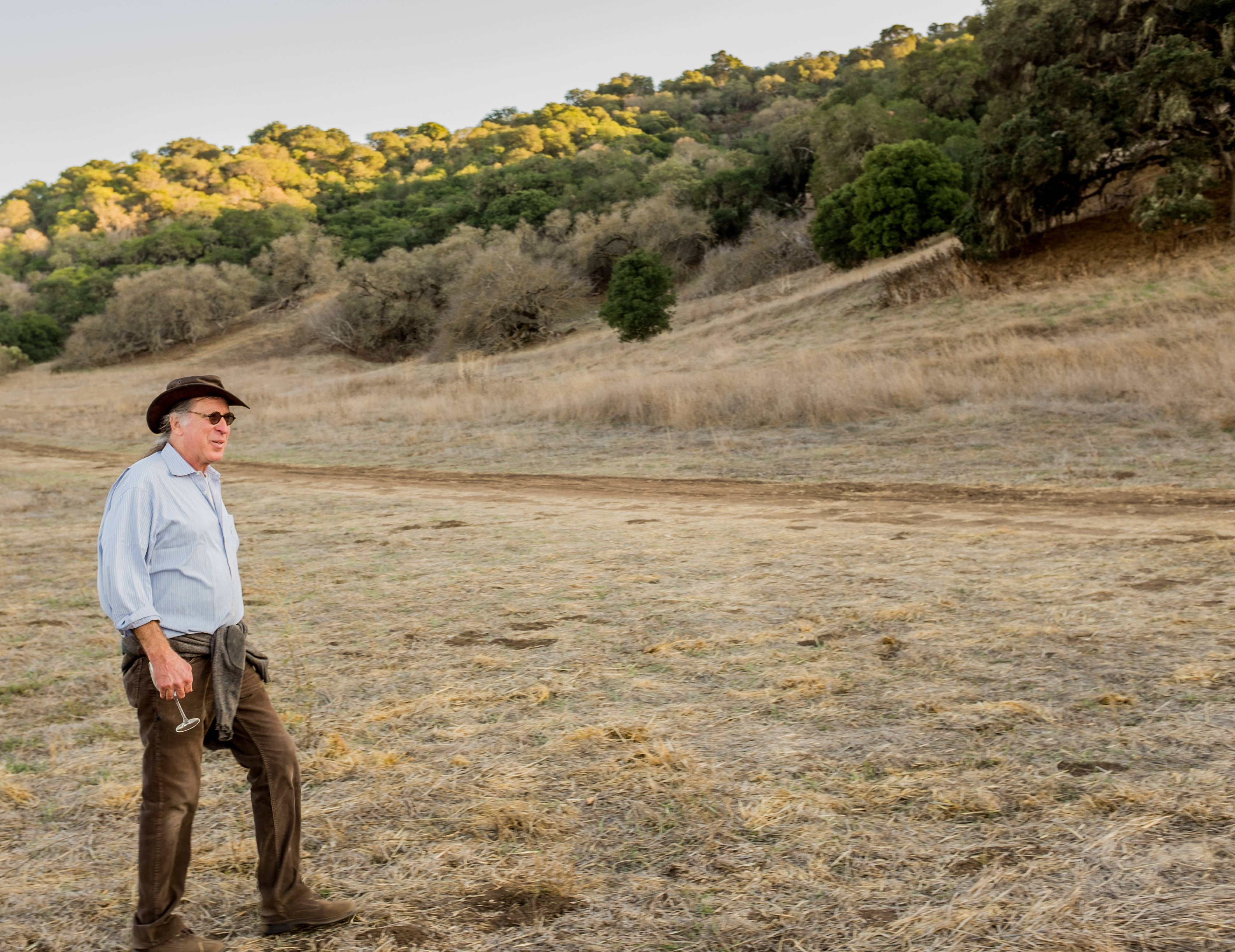Located just south of the Austrian border at Italy’s northernmost point, the region of Alto Adige has always existed as a cultural crossroads. Civilizations dating back to Roman times utilized this glacial valley as a passageway between Italy and the rest of continental Europe, making it a highly contested area for hundreds of years. Alto Adige officially became part of Italy in 1919 after the collapse of the Austro-Hungarian Empire at the end of the First World War. As a result of its history, the region now has three official languages: Italian, German, and Ladin (the language of the Dolomites).
The winegrowing area of Alto Adige is made up of seven distinct growing areas with a total of 13,000 hectares under vine. As a general rule, the classic red grape varieties of the region (Lagrein, Schiava, Pinot Nero) are grown around the city of Bolzano, one of Italy’s warmest cities. The grapes for the finest white wines (Kerner, Pinot Grigio, Müller Thurgau, Sylvaner) are produced from vines in the north, near Bressanone.
Diverse landscapes, unique cultural history, hearty food, and great wine – these are the elements that make up the essence of Alto Adige. Join us on a two-day tour as we explore this glorious mountain paradise.
Day 1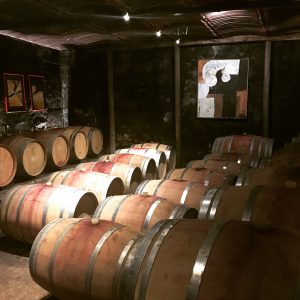
Fly into Milan, rent a car and get on the A35 to the A22 towards Bolzano.
Pass through Bolzano just 10km to the east and stop for a visit at Ansitz Waldgries. This tiny estate, located in the Alto Adige’s sunniest zone (upwards of 12 hours per day in the summer!), has existed as a winery since 1242 when it was owned by the Catholic Church. Christian Plattner, the current owner and winemaker, produces just 5,000 cases of wine annually from 7.5ha of vineyards. The cellars at Waldgries are a sight to behold with their ancient walls punctuated by modern art – the perfect juxtaposition of old and new.
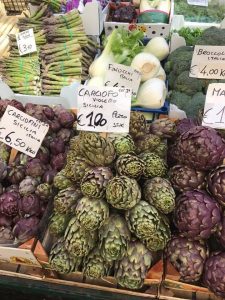
After your visit, travel back west to Bolzano and grab a room at the Parkhotel Laurin, located in the city center. Bolzano, known as “The Gateway to the Dolomites,” has a unique history representing a confluence of cultures. You’ll notice this everywhere: from bilingual street names, to the mix of Germanic and Romenesque architecture, to the hearty mountain-influenced food.
Hop on a bike and make your way through the city’s vast open-air markets. Snack on Alpine cheeses, speck, and some of the best bread in all of Italy: local Rye and Schüttelbrot, a crispy flatbread laden with fennel and caraway seed.
Return to your hotel for a spritz and an aperitivo followed by dinner at Restaurant Laurin, one of the best and most innovative dining experiences in the city.
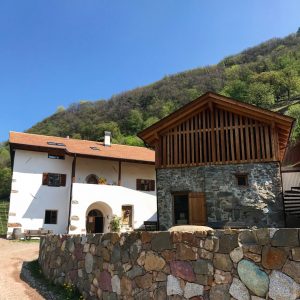
DAY 2
Thirty minutes to the east of Bolzano you’ll find the Wassererhof maso (farmhouse), which dates back to 1366. Over the hundreds of years between its construction and today, the property changed hands many times and by 1991 it had fallen into terrible disrepair. In 1996, the Mock family had the opportunity to purchase the ruins and they immediately set out to restore it to grandeur. Today, they run a winery and buschenschank (casual eatery) out of their ancient maso, where they produce just 3,000 cases of wine per year. Twins Christoph and Andreas will proudly take you on a tour of their vineyards and newly renovated cellar. Stick around for lunch with the brothers – you won’t want to miss their house-made speck, barley risotto, and knüdel – the traditional dumplings of Alto Adige.
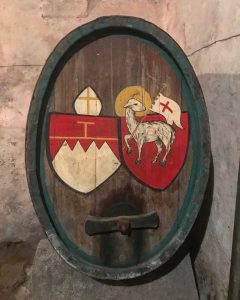
After lunch, get back in your car and drive north through the mountains on the A22. You are headed for the Valle Isarco, home to one of the world’s most beautiful natural landscapes, and to some of Italy’s greatest white wines.
Pass through Bressanone and into the small town of Varna. Head up Via Isarco, cross over the Isarco river, and and you’ll run right into Abbazia di Novacella. Founded in 1142 by the Augustinian Order of Canons Regular, the abbey is one of Italy’s oldest wineries. The Augustinians are very active in their community, providing support in the form of education, pastoral care, and the cultivation of agricultural products. A tour of the abbey includes a visit to their vineyards and cellars, as well as their church and vast, spectacular library. End your visit with a tasting of Abbazia di Novacella’s wide range of wines paired with local snacks at the Abbey Pub.
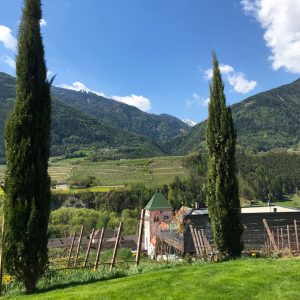
Just up the road from the abbey you’ll find Köfererhof: a small, family-run estate managed by the Kerschbaumer family since 1940. Like many other estates in the Valle Isarco, the family previously sold their grapes to the Abbazia di Novacella and only began bottling their own wine in 1995. Günther Kerschbaumer, the current proprietor, farms just 11.5 hectares of vines, with all work done by hand. The estate is located at 700 meters above sea level in the foothills of the Dolomites. At this high altitude, the variation in temperature from day to night is ideal, and the carefully tended, high-density vineyards yield intensely fragrant, concentrated, and well-balanced wines. Köfererhof is well-known as one of the region’s top estates, with the quality of their wines raising the bar for all white wines in Alto Adige.
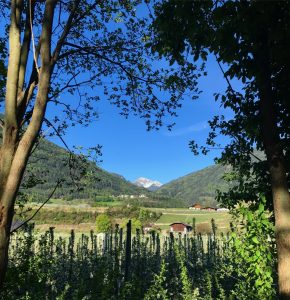
After your visit with Günther, head to the Köfererhof restaurant, a charming spot serving fresh, local mountain food paired with the estate’s wines.
End your evening with a stroll down one of the area’s plentiful natural paths, which wind their way through acres upon acres of apple orchards with spectacular views of the Dolomites. The perfect ending to your journey.
Arrivederci | Aufwiedersehen | Assudëi




